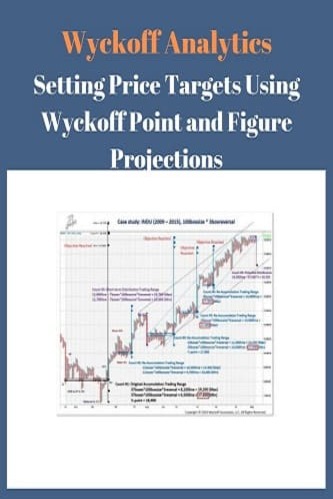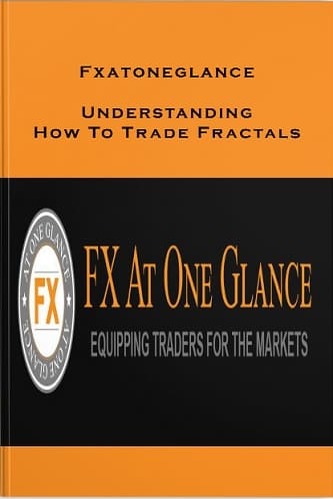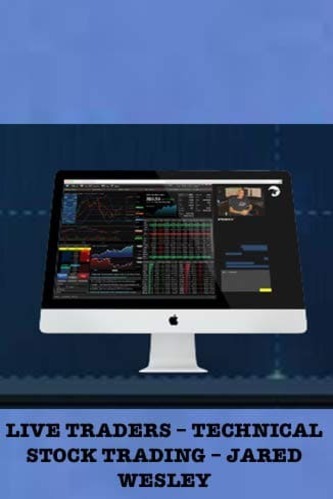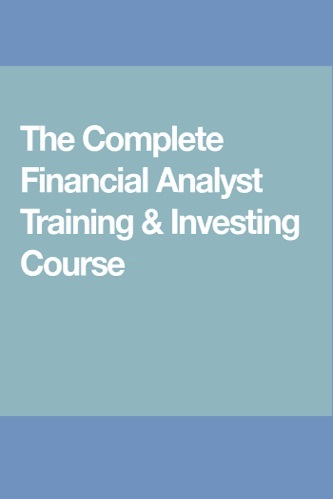Japanese Trading Systems By TradeSmart University
$497.00 Original price was: $497.00.$43.20Current price is: $43.20.
| Format |
MP4 , |
|---|
Candlestick buying and selling has been a staple of technical merchants for greater than 20 years now, however comparatively little has been written about or is thought concerning the subsequent iteration of Japanese buying and selling – Ichimoku cloud charts. This system of buying and selling was developed to go with Candlesticks and make them extra highly effective for pattern buying and selling. Ichimoku Cloud charts are the Japanese reply to figuring out pattern line assist & resistance, recognizing when a bigger degree of pattern is reversing, Identifying continuation worth factors, and recognizing when consolidation ought to happen.
Ichimoku Charts are a totally completely different approach of and analyzing market information. Much just like the candlesticks that preceded them, cloud charts are very picturesque. The identify “Ichimoku Kinko Hyo” really means “at a glance”. And when correctly interpreted, a look is all you want when these charts.
In this 4-class sequence merchants will learn to assemble the Ichimoku charts, in addition to the important thing interpretation alerts, the buying and selling system that works with the clouds, and how one can apply these alerts to their particular person trades. Ichimoku charts are an absolute should for anybody buying and selling Forex or worldwide markets, and they’re an important further for anybody wanting a distinct option to interpret inventory charts for primary inventory or possibility trades.
Contents:
Class 1 – Introduction:
- Part 1 – The Rich History of Japanese Trading
- Part 2 – Tools of the Trade
- Part 3 – Candlesticks Meet Clouds
- Part 4 – Introduction to Ichimoku Clouds
- Part 5 – How to Build a Cloud
- Part 6 – Kijun Sen
- Part 7 – The Cloud
- Part 8 – Chikou
- Part 9 – Homework
Class 2 – Reading the Clouds:
- Part 1 – Key Signals
- Part 2 – Tenkan and Kijun Signals
- Part 3 – Chikou Signals
- Part 4 – Candlestick Signals
- Part 5 – Interpreting the Data
- Part 9 – Homework
Class 3 – Testing the System:
- Part 1 – Some Extra Notes
- Part 2 – Trading Signal Checklists
- Part 3 – Trigger Setup
- Part 4 – Rules for Bullish Setup
- Part 6 – Rules for a Bearish Setup
- Part 7- Bearish Example
- Part 8 – Homework
Class 4 – Strategies and Applications:
- Part 1 – Possible Markets
- Part 2 – Trading Options
- Part 3 – Multiple Time Frames
- Part 4 – Elliot Wave Principle
- Part 5 – Which Time Frames?
- Part 6 – How To Get Great At Clouds
- Part 7 – Homework
Japanese Trading Systems Course By TradeSmart University









